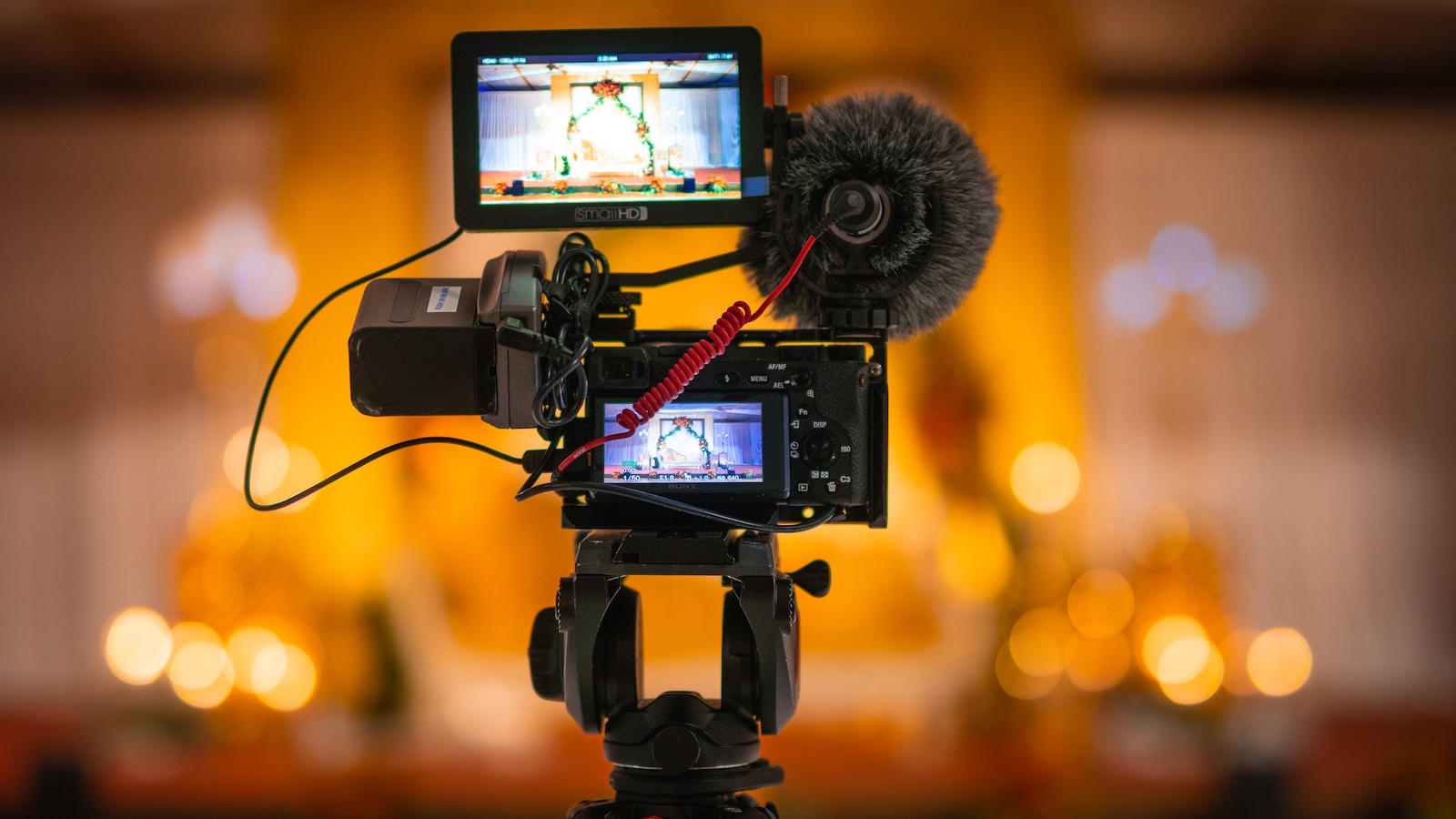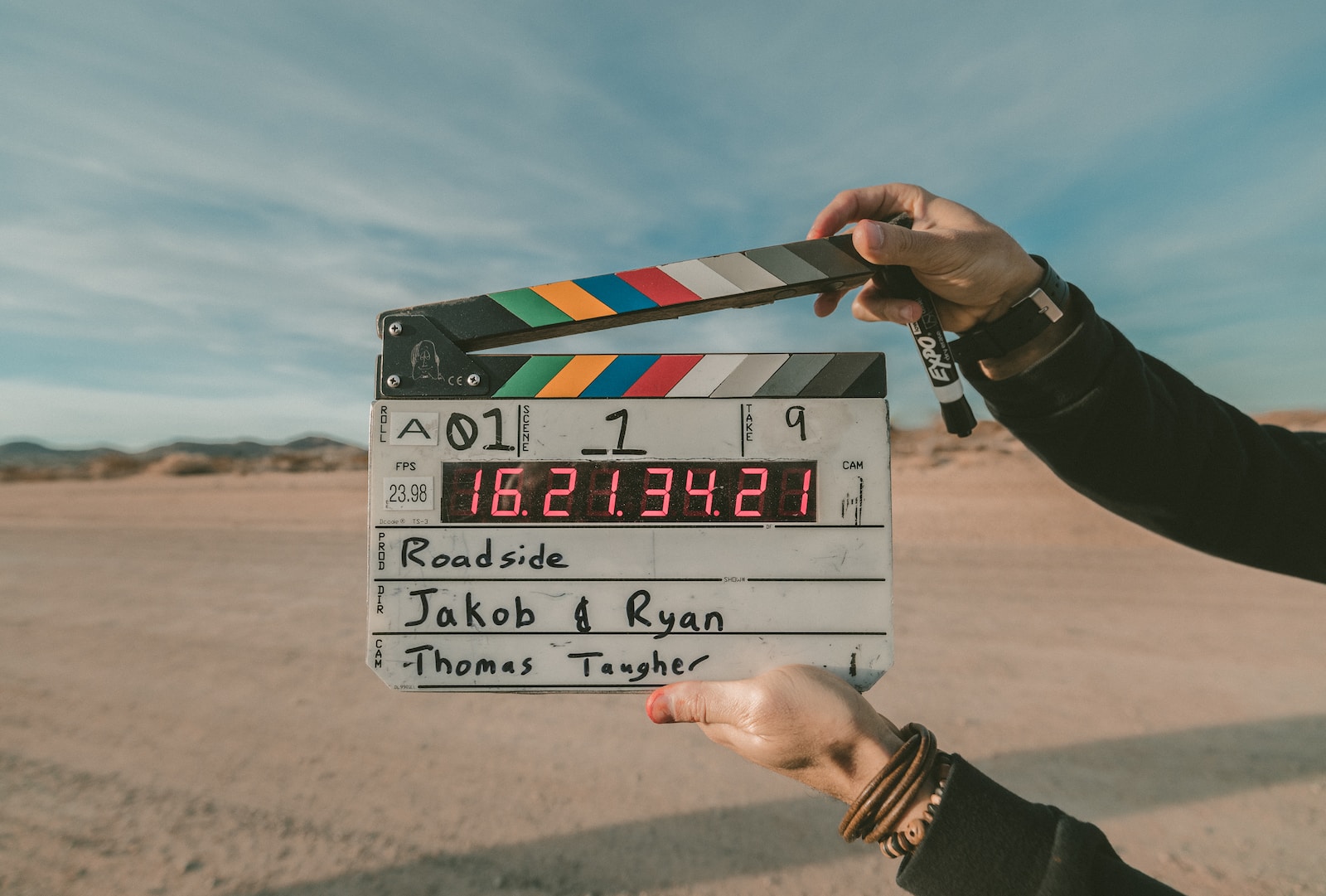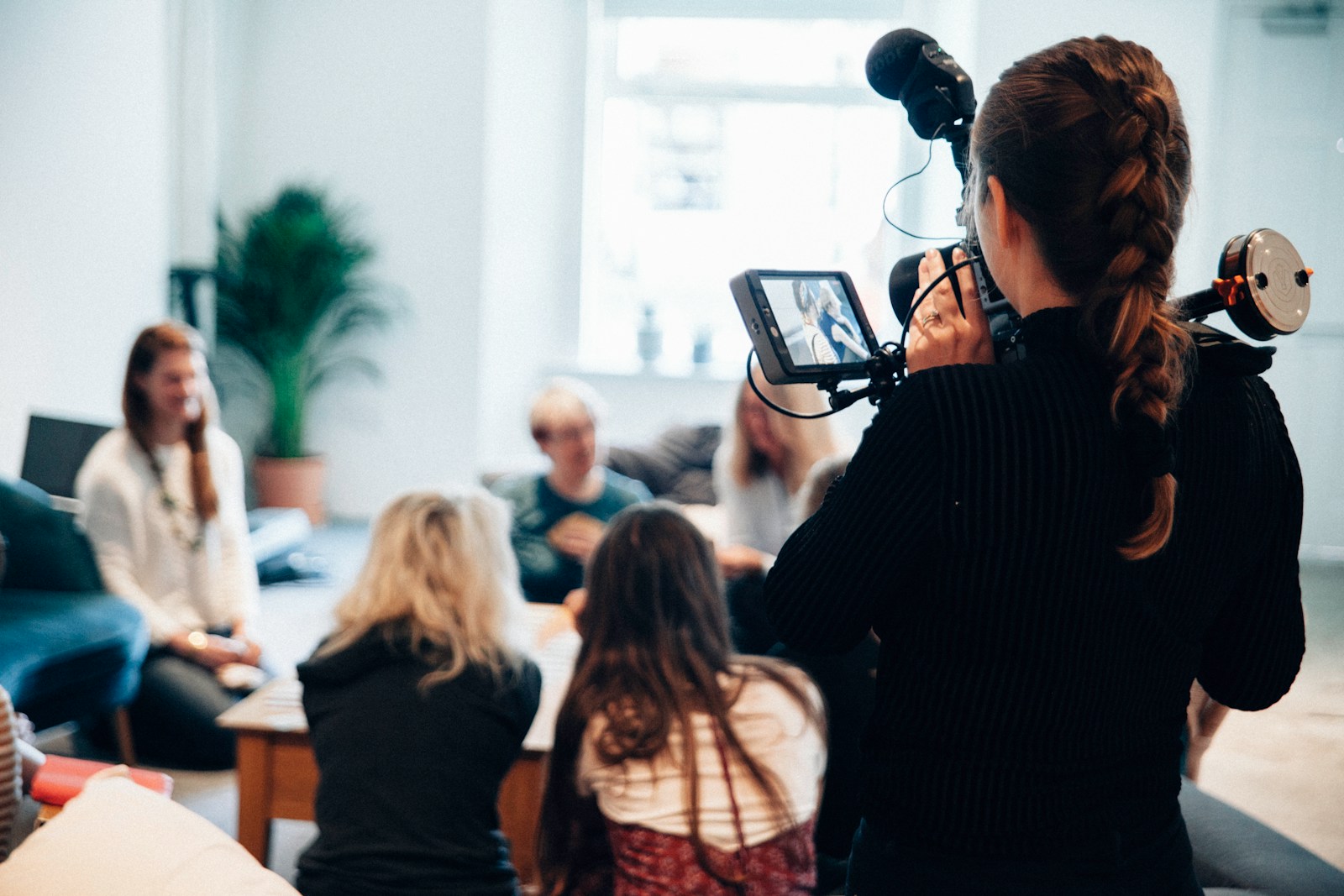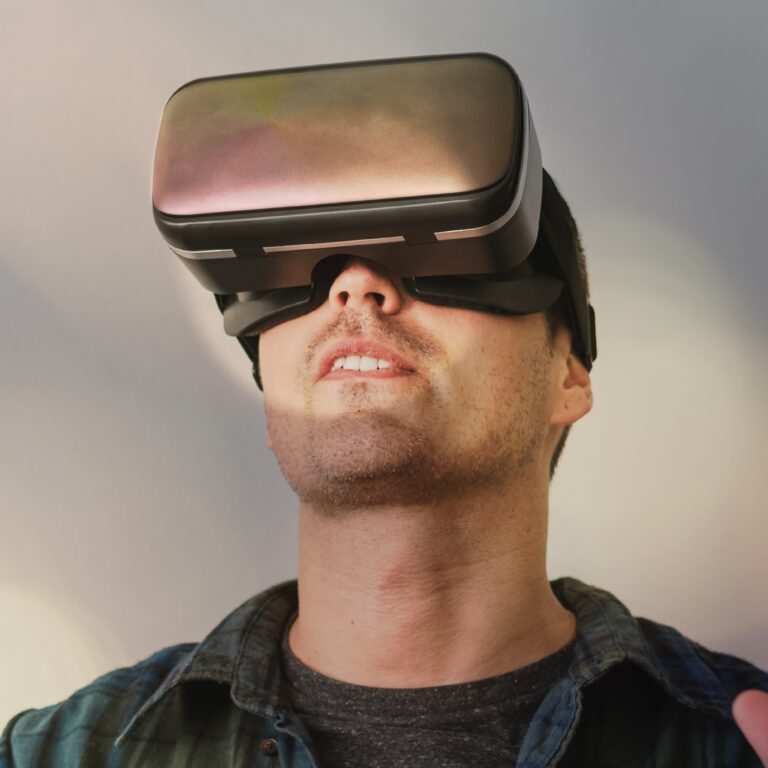Storytelling was once the most ancient and revered art form in human history. Legends, heroes, and dreams all came to life through the fascinating stories told by talented narrators. However, narrators are using a secret and powerful weapon: storyboarding to charm viewers and convey messages in a memorable and impactful way. let’s dive into the art of storyboarding and shot planning and see how it turns ordinary stories into amazing adventures.
The Power of Storyboarding
Storyboarding is a valuable method for visual storytelling; it’s like having a magic key that opens doors to fantastical words. Scenes, shots, and sequences can be planned out to assist design and organization of a story. It is easy to spot plot gaps, pacing problems, and chances for creative improvements when the story is visually represented. Also, storyboarding ensures that team members are in harmony by promoting efficient communication and teamwork. Storyboards are used in different industries such as the film industry to direct film production and present ideas.

The Role of Storyboarding
1. Visualizing your story
Storyboarding provides a visual representation of your narrative. It assists you in picturing every scene and action, making sure your story flows naturally.
2. Improving Interaction
Storyboarding is an effective tool for sharing your vision with your team, it’s not just for your own use. Storyboards help actors, directors, and camera operators understand their parts and the larger story.
3. Refining Details
By using the storyboarding method, you can find any potential issues that the story may require improvement. This allows for modifications and enhancement before the real shoot.

The Art of Storytelling
1. Shot types and composition
Selecting the shots to use (wide, close-up, etc.) and the composition for each frame are two aspects of shoot planning. This is the point at which you define your story’s visual language.
2. Cinematic Techniques
You can use a variety of cinematic techniques, including lighting, angles, and camera movement, by using shot planning. These elements have a big influence on your video’s atmosphere and tone.
3. Time and Pacing
Organizing your shots will assist you in determining the narrative’s pace and time. It’s important to know when to cut when to linger, and how to go from one scene to the next.

The Collaborative Process
Storyboarding and shot planning involve collaborative work, requiring effective communication and a shared understanding among directors, cinematographers, and other production staff to make sure that everyone is on the same page.

It takes both imagination and planning to create an engaging visual story. The key component of this strategy is to bring your ideas to life whether you work in marketing, video production, or film, you can create memorable and captivating stories, by using storyboarding and shot planning. Storyboarding and shot planning assist you in refining the details before the cameras roll because as you may recall, the charm of storytelling frequently resides in the details.



